Video: Advancing Lucky Peak’s Power Production Forecasting
Video has closed captions and a transcript is provided at the end of this page.
What do onion farmers, a hydroelectric dam and a world-renowned whitewater kayaking championship have in common? Why, Kendra Kaiser, of course. Kaiser is a watershed hydrologist and kayaker, as well as an assistant research professor in Boise State’s Department of Geosciences.
While the study of water can focus on a single river, or component of the hydrologic cycle, a single day in Kaiser’s water shoes highlights how linked our water resources are.
Meeting the Irrigation Needs of Idaho Farmers
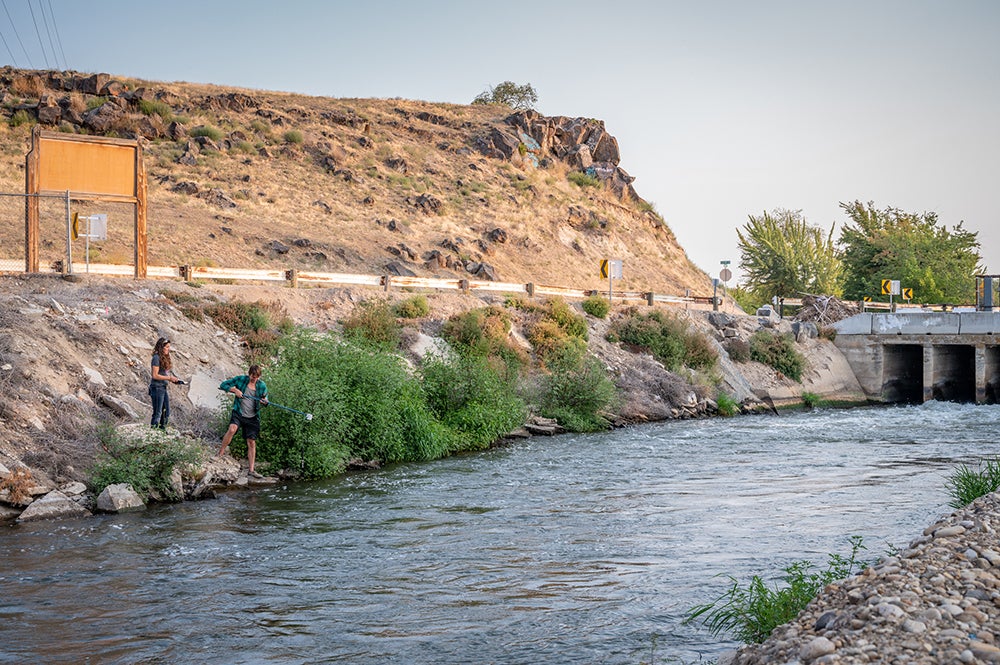
In her research, Kaiser is interested in water resources management and land use change. So on a hot, dry day in June, she set out to visit Riverside Irrigation District, and the Farmer’s Cooperative Ditch Company in Parma, Idaho with the goal to help Idaho farmers save money while ensuring their produce meets federal food safety standards.
“Under the Food Safety Modernization Act, irrigators have to test their water quality as close as possible to when they are about to harvest any produce that people will eat raw. One of the main consumer crops produced in the valley is onions, and Idaho is a major producer of onions,” said Kaiser.
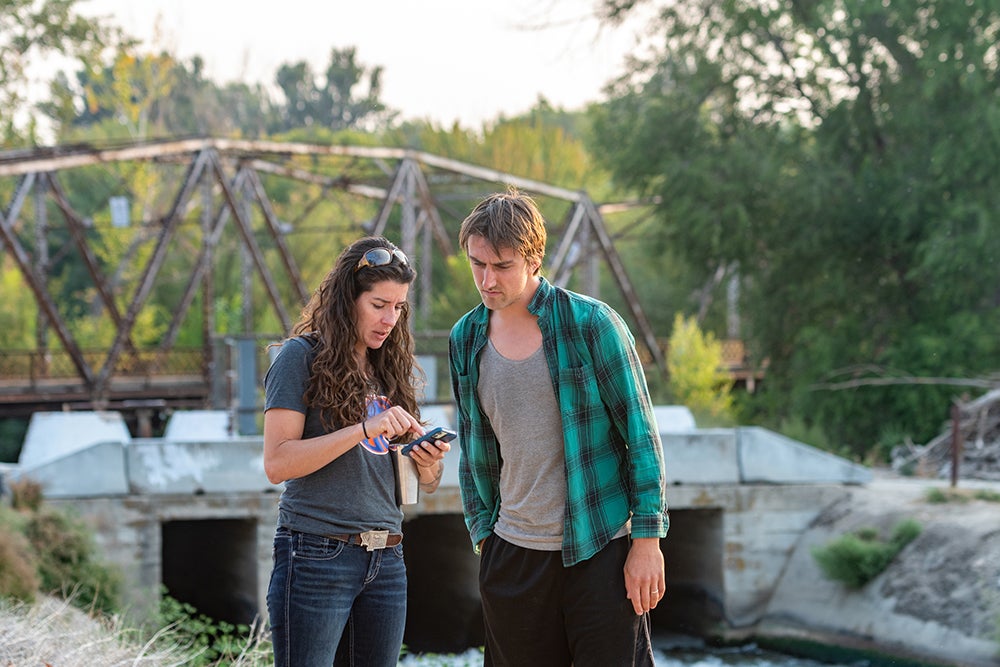
To meet the act’s requirements, each farmer or irrigator must provide a baseline set of 20 irrigation water samples, at around $20 per sample. Then, all of these farmers need to bring their samples to the nearest certified testing lab in Boise. Over time, this process becomes very expensive for farmers, and in some cases might be redundant.
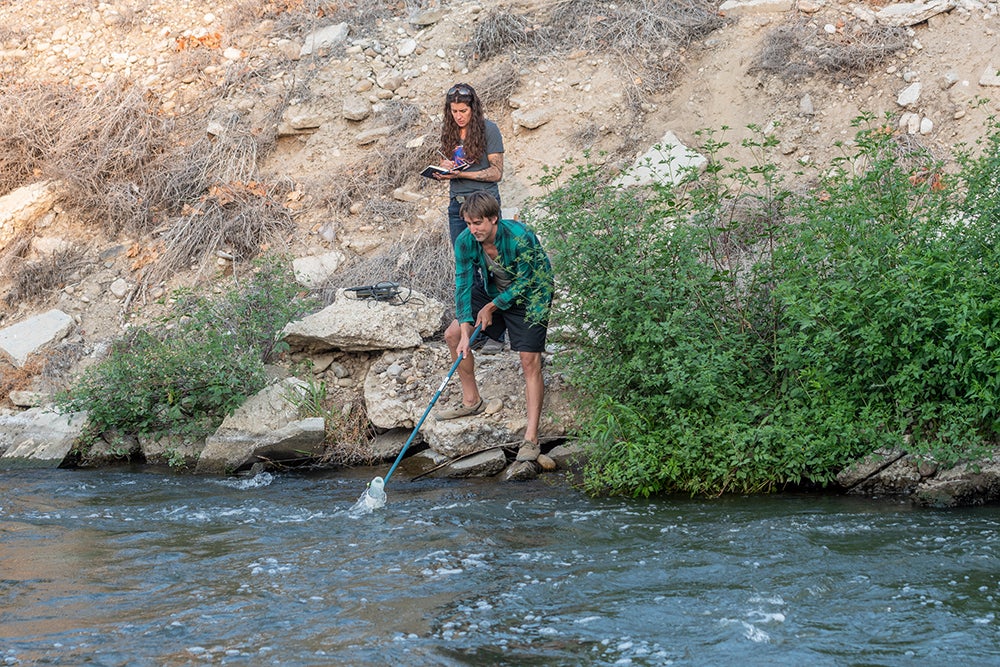
“Let’s say we have a canal, and along that canal there are multiple diversions pulling water out of it, and an individual diversion can serve maybe five or six farmers,” said Kaiser. “Currently, each of them have to separately sample their water quality, when in reality the water might not be that variable, according to work that’s been done by Stuart Reitz at Oregon State.”
The goal of Kaiser’s research is to find out the variability of water quality along the canal to see if farmers might be able to safely group their samples and save money. In this research, she is supported by a United States Department of Agriculture Specialty Crop Block Grant of over $100,000 through the Idaho State Department of Agriculture.
Advancing Lucky Peak’s power production forecasting
From Parma, Kaiser then hopped in her car with a destination of the Lucky Peak hydroelectric dam, an enormous example of the range of stakeholders she engages through her work.
Situated on the Boise River, this dam is fed by three reservoirs whose total capacity is 949,700-acre feet of water. The reservoirs are maintained and managed by the Bureau of Reclamation and the U.S. Army Corps of Engineers. The powerhouse itself is owned by five irrigation districts and Seattle City Light operates and maintains the Lucky Peak facility for the irrigation districts.
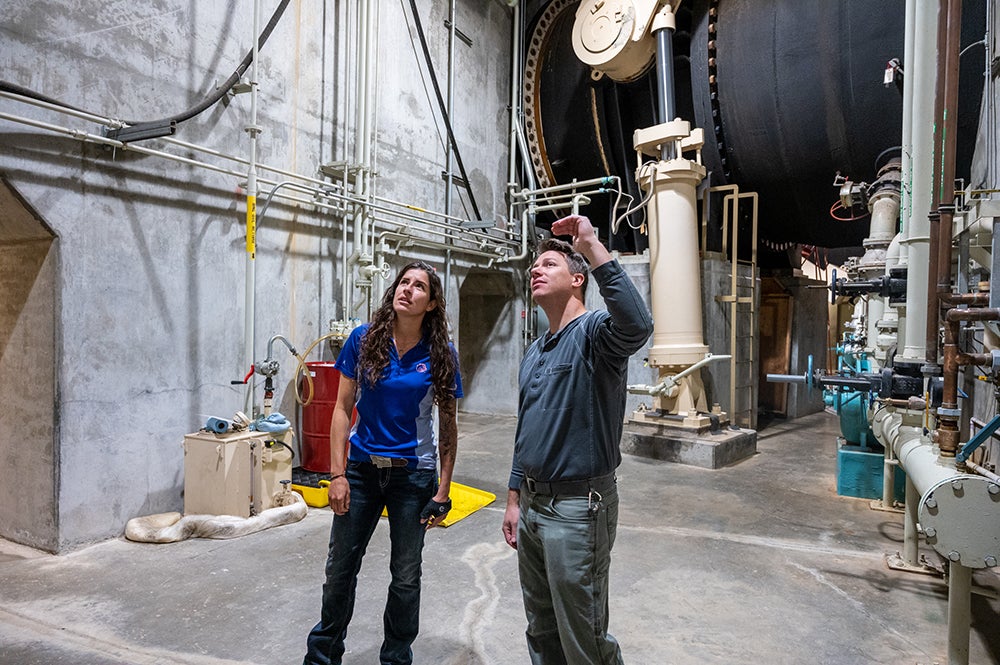
Lucky Peak generation supervisor and Seattle City Light employee Tyson Dye is tasked with forecasting the amount of energy the dam will produce anywhere from six to 12 months in advance, a herculean task that requires data inputs from dozens of institutions, such as the National Weather Service, National Resources Conservation Service, the Bureau of Reclamation and many others.
Historically, this process has been done by hand, with information being gleaned from sources and pulled into various spreadsheets. Dye said the process could take an entire day just to pull together the datasets, so he reached out to Boise State looking for someone who could help automate and streamline the process. In the process, he found Kaiser.
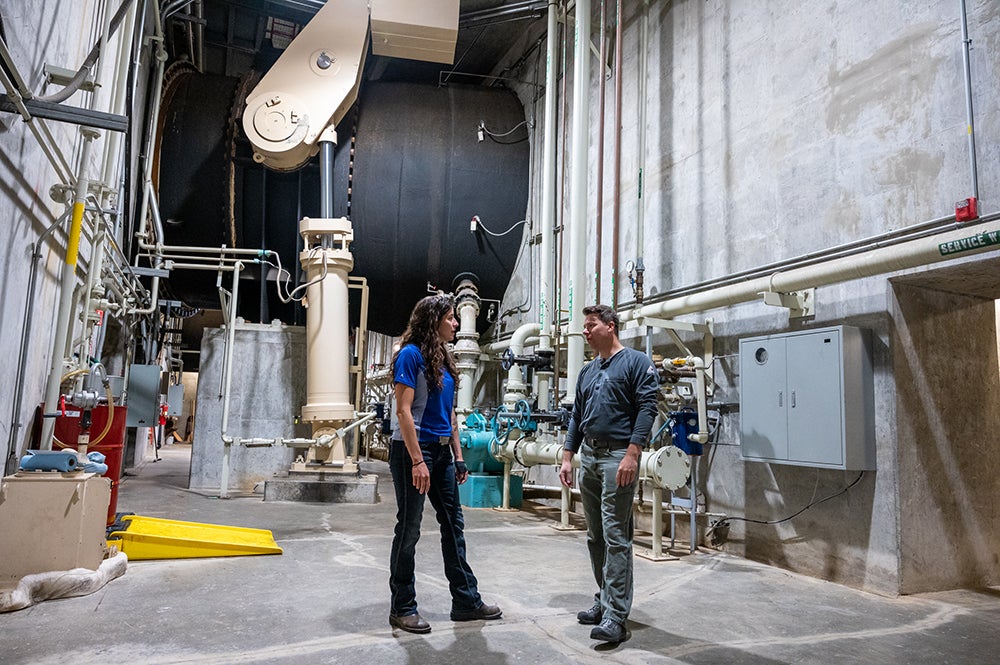
“For this phase of the project I’m automating data downloads, cleaning up that workflow and making it reproducible, and potentially helping them write a proposal to the Bureau of Reclamation to help work on the streamflow forecasting component,” explained Kaiser. “ At the end of this project, I’ll compile the scripts and he’ll be able to press “Run”, and then a report will be produced in less than five minutes.”
“It’s been really neat to work with Kendra,” Dye said. “It’s cool that we basically have her in our backyard at Boise State. Working with Kendra helps us improve how we can provide electricity and power and, ideally, optimize how we’re utilizing the water for the whole valley.”
Competing for a spot in the North Fork Championship
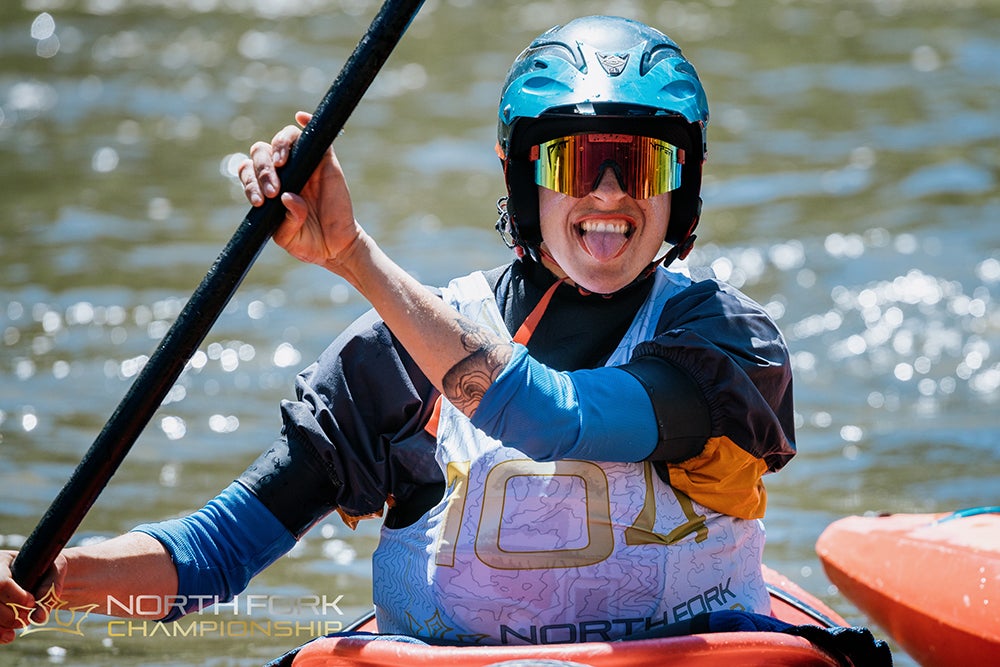
The veritable cherry-on-top after a day spent in water research, Kaiser then loaded up her kayak to practice for the qualifying race of the North Fork Championship.
This nine-year-old championship is held annually on the north fork of the Payette River in June, and according to North Fork Championship Organizer Alec Voorhees, this championship has also become the “whitewater family reunion” for some of the world’s best athletes.
“The whole point of the North Fork Championship is to bring the world’s best paddlers and race on Jacob’s Ladder, which is the hardest rapid on the North Fork,” Voorhees said. “This year we had 150 competitors in the qualifier race on S-turn. 29 of those competitors were women, which was really cool to see a huge jump in that division.”
Kaiser was one of those 29 women and came in sixth place in the qualifying race on S-turn.
“I’ve been racing for close to a decade now and I have never raced with that many women ever,” said Kaiser. “It’s a really amazing competition to see and watching five women race Jacob’s Ladder was phenomenal…it gives me chills just thinking about it.”
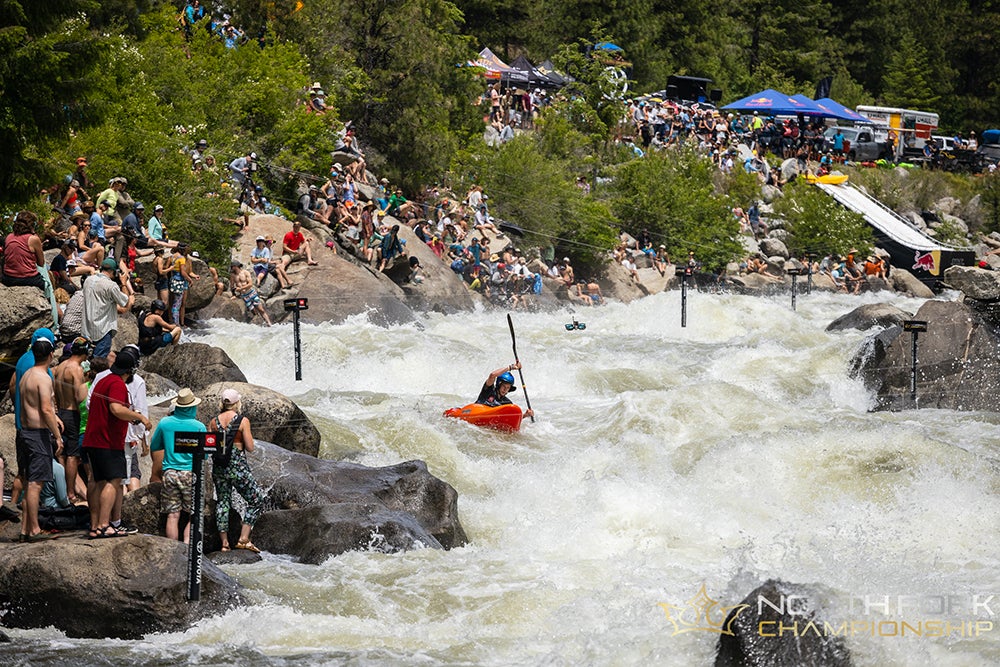
Both the S-turn qualifier and the final race on Jacob’s Ladder (fondly referred to as Jake’s) are about a quarter of a mile long the race on Jake’s includes navigating gates placed throughout the rapid, like in the slalom races seen in the Olympics. The incredible winning time for Jake’s this year for the men’s division was 1:52, and 3:25 for the women’s division. What is almost as incredible is that prior to the week of the race, Voorhees wasn’t sure there would be enough water to hold the championship.
“This year was really interesting because it was such a low water year that they didn’t start releasing water into the North Fork until that Monday before the race,” said Kaiser. “Normally we’d have water on the North Fork for a whole month prior, because usually they’re trying to release water out of the dam.”
Whether in her kayak or at a research site, Kaiser’s dedication to understanding water management decision-making and to advancing the field of hydrology is especially critical in a state like Idaho.
“Water in the west is the poster-child of how interconnected water systems, management, and recreation are. Irrigators need water to grow the crops we enjoy consuming, this water is often released down rivers that people enjoy recreating on and through power plant turbines for energy production. Streamflows through the Payette and Boise Rivers are collaboratively managed to ensure proper fish flows all the way down to the Columbia. Recognizing how water connects us to each other, and to these landscapes, is critical to managing our water resources for the benefit of all,” said Kaiser.
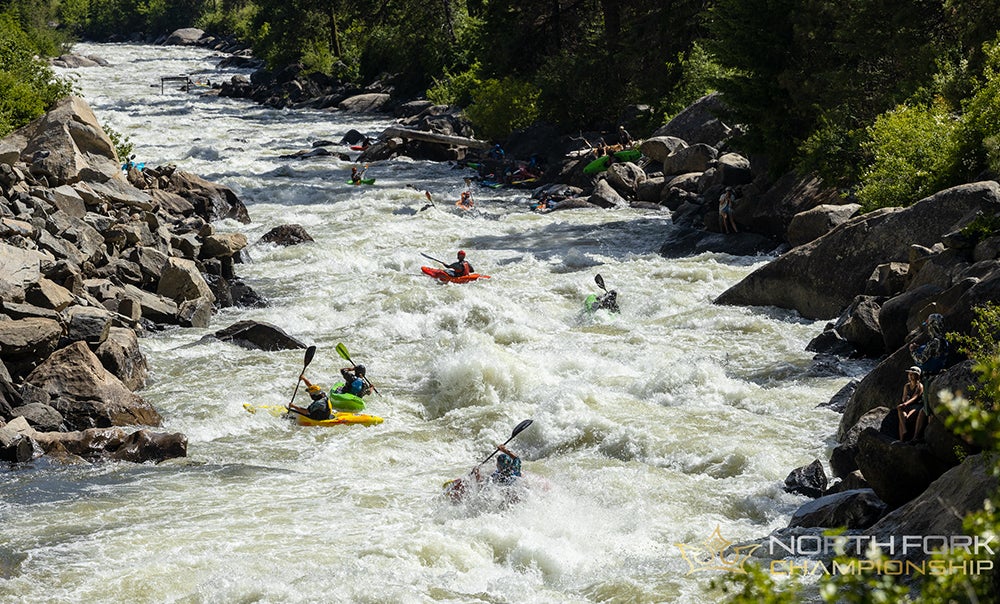
Video Transcript
(upbeat music)
[Kendra Kaiser, Research Professor, Department of Geosciences] So I am a research professor in the Department of Geosciences. I’ve been at Boise State for about four years now, and as a research professor I find interesting topics and folks that are in the region, write proposals and then do research.
Applied Hydrology
(water flowing)
Generally, a lot of the things that I’m doing is related to applied hydrology. So doing water resources research that can be directly applied to problems that managers might have or coming up with solutions or tools or data streams that can make their jobs easier.
Project Overview
I started a project with Lucky Peak Power, and the project out here is focusing on modernizing the way they use data to create their power generation forecasts. And these power generation forecasts are really important for Seattle City Light, who uses this power and sends it out to the region. And previously, they had a kind of outdated mechanism of creating these forecasts to figure out what the anticipated power generation would be for anywhere from six months to twelve months out. And my role in this project is to kind of streamline that whole process, make it more reproducible and easier for the person in charge to make sure that they can get those generation reports out in an easier fashion. So rather than spending a couple of days compiling data and creating all of these reports, they’ll be able to open up the program that I develop, press run and have a report in just a few minutes.
Automation
By automating data streams, it is automating downloading metadata like weather data, so precipitation, temperature, how much snowpack is remaining in the mountains, and that data helps them determine how much water is going to be coming through the system, which then helps them determine how much power they’re going to be generating. And by knowing how much power they’re going to be generating, they can anticipate whether or not there is going to be additional needs in the region and things like that. And they can also use that data to help determine when they can do maintenance on their generators and whether or not they’re using their large generators or the small generators or which combination that they’re using.
Conclusion
Projects like these are a really great example of the way that Boise State can engage with the community to both bring in community problems to give us examples of how the skills that students are developing can be applied once they graduate, as well as being able to use the knowledge and the tools that we have at Boise State to improve all sorts of industry in the valley and probably in the region. So as we move forward and look for more ways to engage with the community, this is a really good example of how you can do it.
